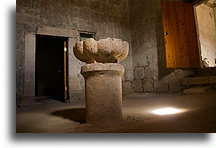
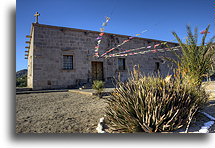
Missionary work to spread Christianity in the New World was closely linked to the colonial efforts of European powers such as Spain. Evangelism was the justification for reducing the indigenous population to the status of slaves. The king of Spain sent the Jesuits to the Baja California peninsula to spread the new faith among the Indians, who were common hunter-gatherers. The main goal however, was to create missions where the natives were to live and work. The idea was to concentrate scattered indigenous populations in order to better rule them.
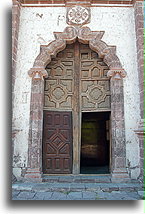
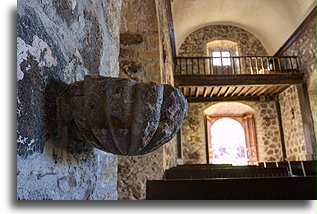
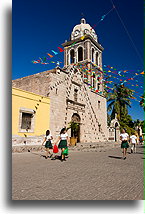
We managed to visit seven Jesuit missions in the Baja California peninsula. It was easy to realize that unfortunately, all of them shared the exact same tragic ending. The Spanish missions in this remote region of Mexico ceased to function and the missionaries abandoned them all in a little more than 100 years after the arrival. The reason was always the same. Forced to work, decimated by epidemics and diseases brought by the Europeans, the local Indian population died out completely. Spanish missionaries had nobody to convert and they were left without the workforce required to support their projects.
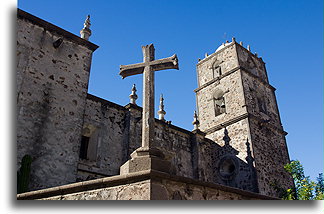
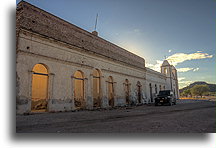
Based on the records kept by the missionaries, the Indian population in Baja California peninsula declined drastically after their arrival. In 1697, the estimated number of indigenous people was 14,500. In 1775, the missionaries could count only 3,972 Indians.




